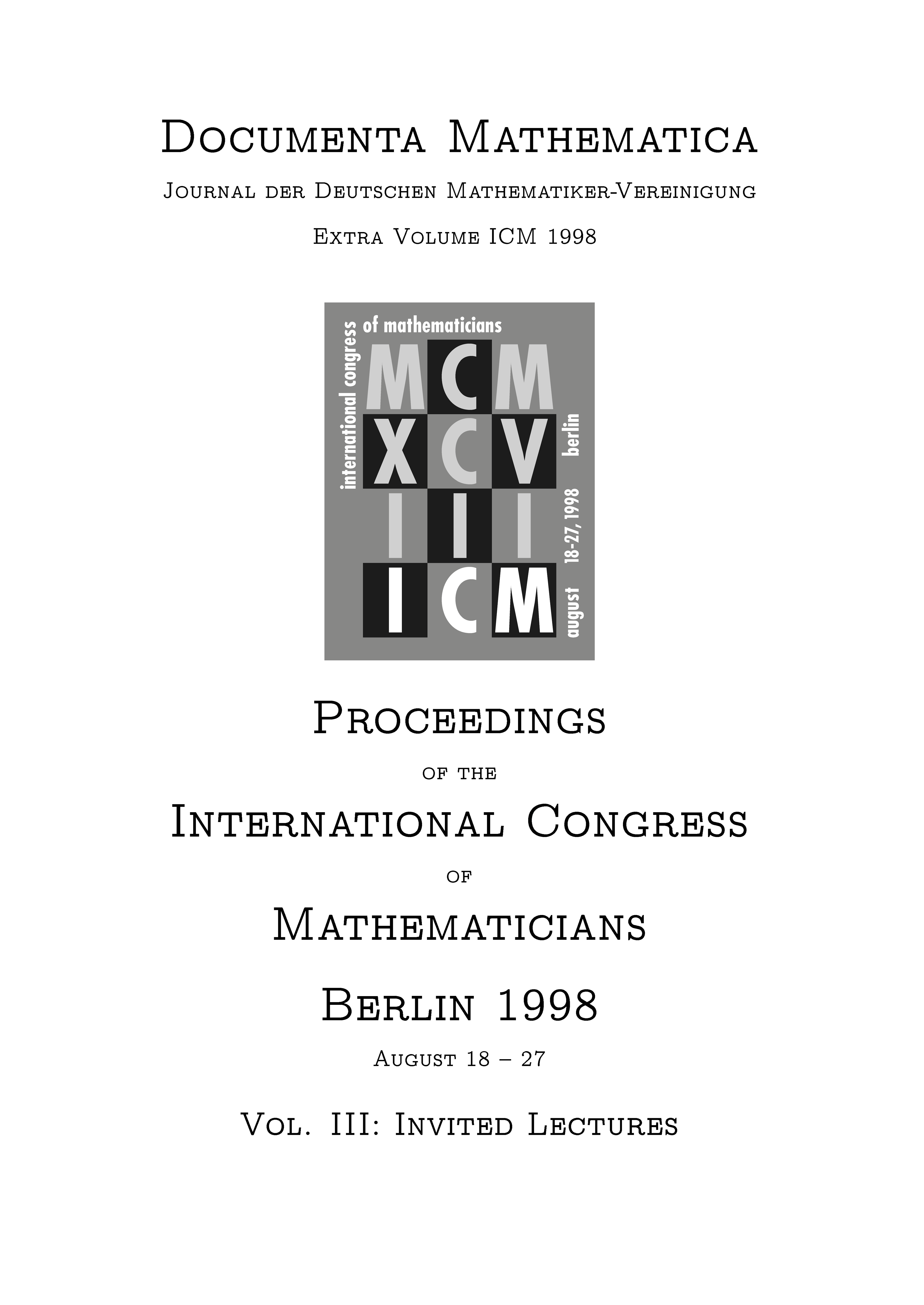Stochastic coalescence
David J. Aldous
Abstract
Consider particles, which merge into clusters according to the rule: a cluster of size and a cluster of size merge at (stochastic) rate , where is a specified rate kernel. This Marcus-Lushnikov model of coalescence, and the underlying deterministic approximation provided by the Smoluchowski coagulation equations, have an extensive scientific literature. A recent reformulation is the general stochastic coalescent, whose state space is the infinite-dimensional simplex (the state represents unit mass split into clusters of masses , and which evolves by clusters of masses and coalescing at rate . Existing mathematical literature (Kingman's coalescent, component sizes in random graphs, fragmentation of random trees) implicitly studies certain special cases. Recent work has uncovered deeper constructions of special cases of the stochastic coalescent in terms of Brownian-type processes. Rigorous study of general kernels has only just begun, and many challenging open problems remain.
